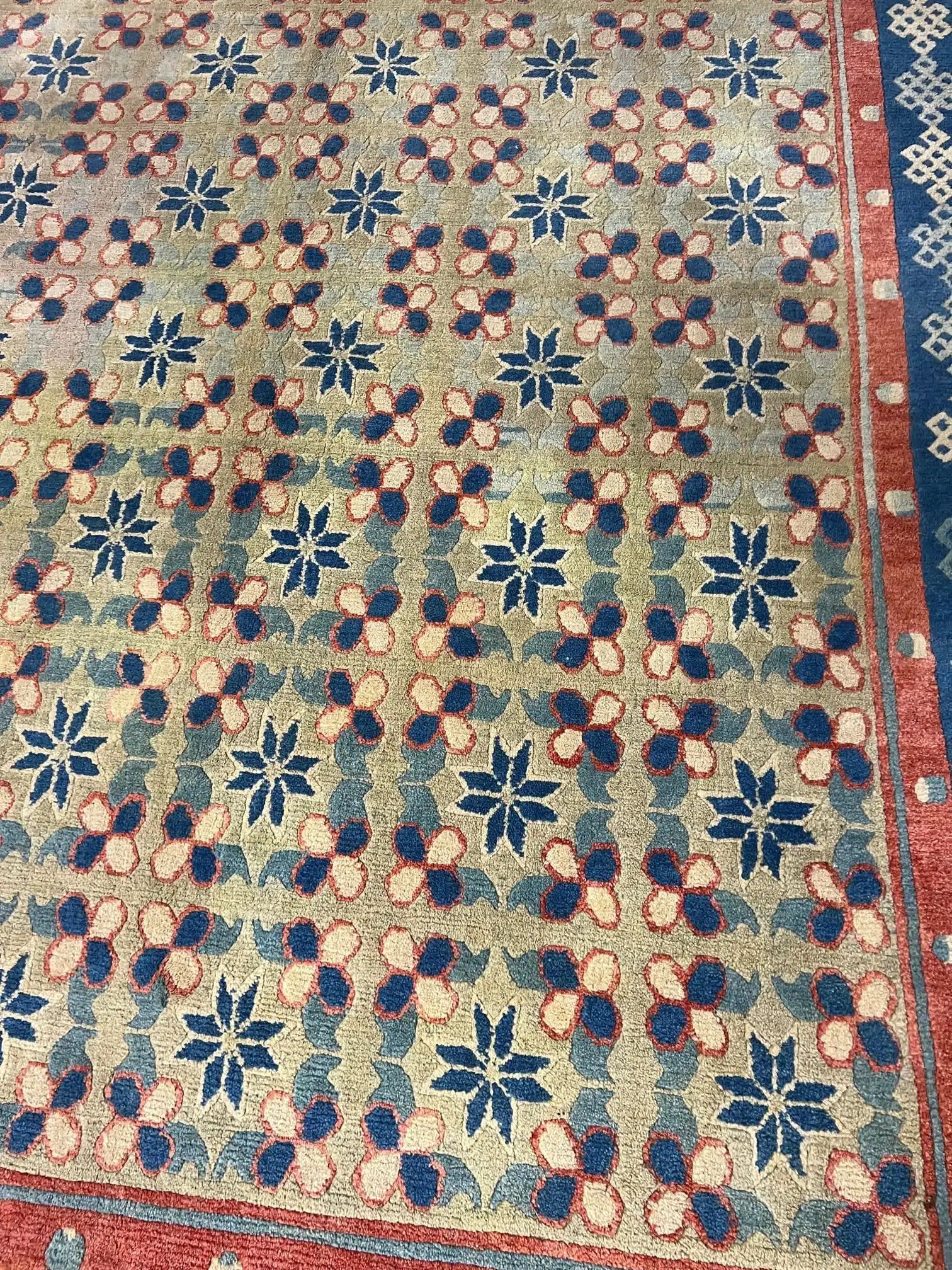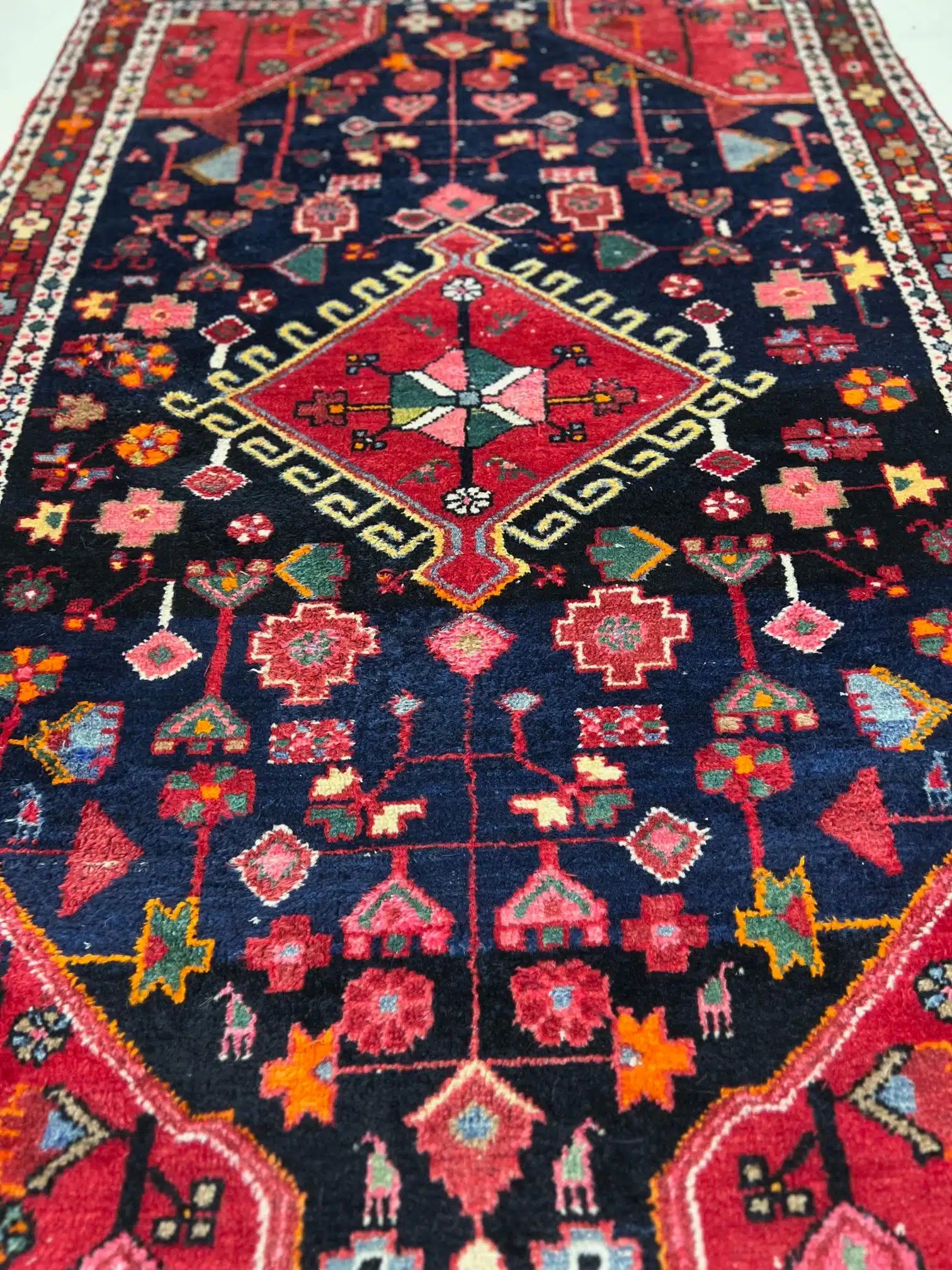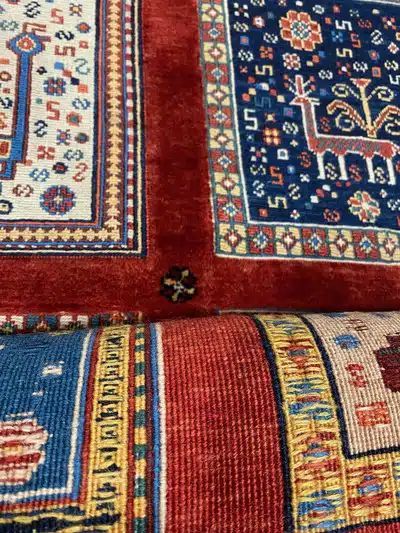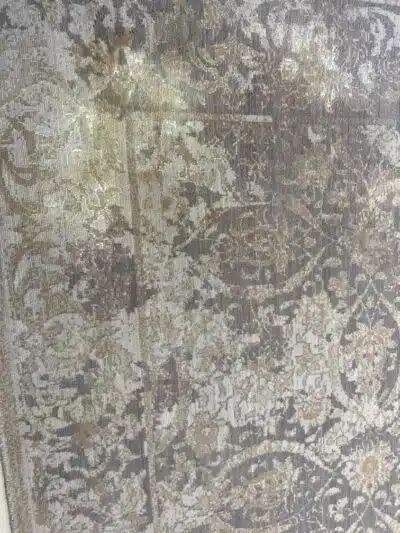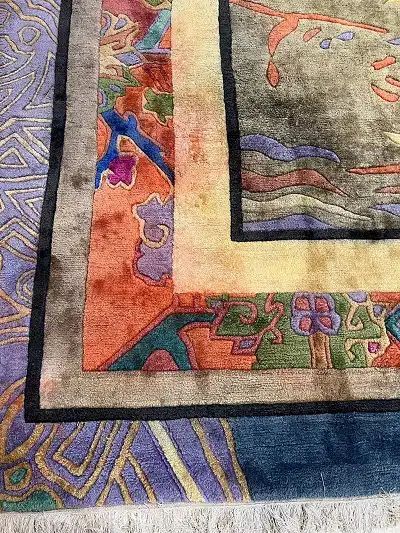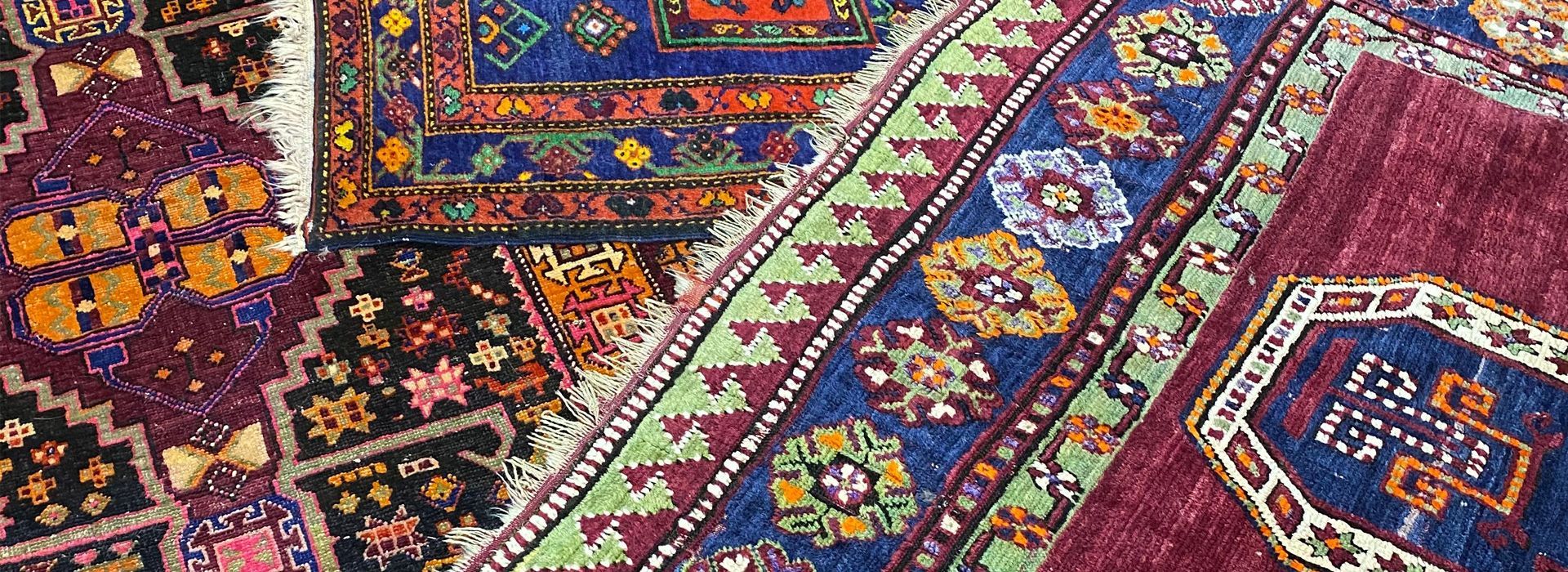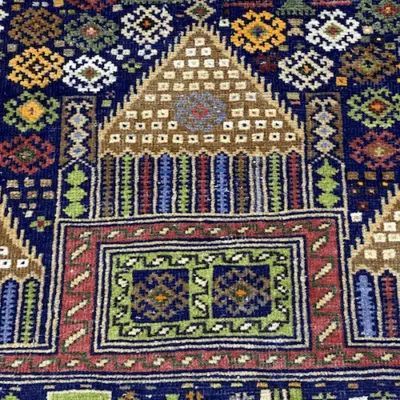A Brief History of Oriental Rugs and How They Came to Be
A Brief History of Oriental Rugs and How They Came to Be
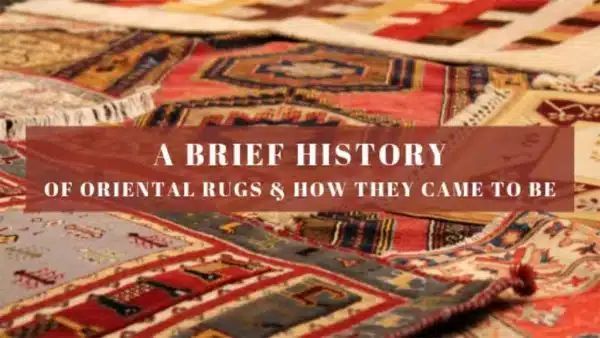
The History of Oriental Rugs
Carpet weaving has been practiced for centuries. It has withstood wars, culture shifts, and the passage of time. People spend lifetimes weaving beautiful patterns into rugs, so the rugs should be handled delicately. But exactly how and when did these intricate and gorgeous rugs become popular? Here we have a brief history of how the Oriental rug came to be both a stylish comfort and an illustrious beauty.
Origins of Asian Rugs
By strict definition, Oriental rugs are those that are hand-knotted only in areas of Iran, China, India, Turkey, Pakistan, Tibet, Nepal, and Russia. Some of the most treasured examples of the ancient art form of carpet weaving can be found in Oriental rugs. For example, Persian rugs—a type of Oriental rug that originates specifically in Iran—feature very thick piles, rich hues, and unique designs.
Historical records have found remnants of Oriental rugs in royal courts dating back almost 2,500 years. In fact, according to Sheffield Furniture & Interiors, “The first documented evidence on the existence of Persian [and Oriental] carpets came from Chinese texts dating back to the Sassanid period (224–641 CE).”
A prime example of this is the Pazyryk Rug, which was extracted from the mountains of Siberia in 1948. Radiocarbon dating reveals that the Pazyryk Rug was woven in the fifth century BC. One of the most prized possessions of a prince of the Altai Mountains, the carpet was preserved in a sheet of ice within the prince’s tomb. It features depictions of horse riders, elk, and even the innards and vertebrae of the elk. These fine details show just how intricate these rugs can be. Beautiful rugs like this one are now produced all over the world using the same ancient techniques of their countries of origin.
Textiles and Design
The most commonly used fiber for rug-making is wool, but you can also find silk, cotton, and man-made fibers—such as nylon—in some rugs. Wool, however, is the most resilient of these fibers, as it’s easier to clean and stays clean longer.
The authentic designs in the rugs reflect the region in which the rugs were created. Rug makers weave specific colors and patterns relating to their cultures and surroundings into their rugs. The patterns you know and love are connected to designs heavily influenced by a certain culture.
Spread Across the Globe
During the European Renaissance period, Oriental rugs began to spread around the world. As the emperors, sheiks, and shahs of the East began contributing to the increased demand, European royalty started to recognize the intrinsic beauty of the rugs. They quickly began to commission pieces for their own palaces, which correlates to the introduction of Oriental rugs to the Western Hemisphere.
As cultures shift and preferences for exquisite artifacts evolve, rugs continue to withstand the test of time. As the years pass, make sure you’re taking care of your antique rugs in the best possible way. For the best fine rug care, come to Aegis Fine Rug Cleaning in Austin, TX.
The post A Brief History of Oriental Rugs and How They Came to Be appeared first on The Austin Rug Cleaner.

